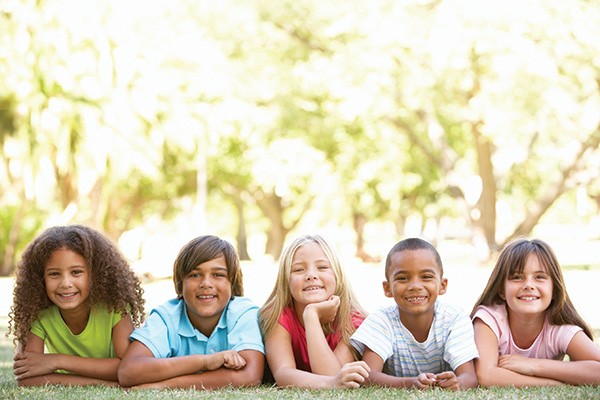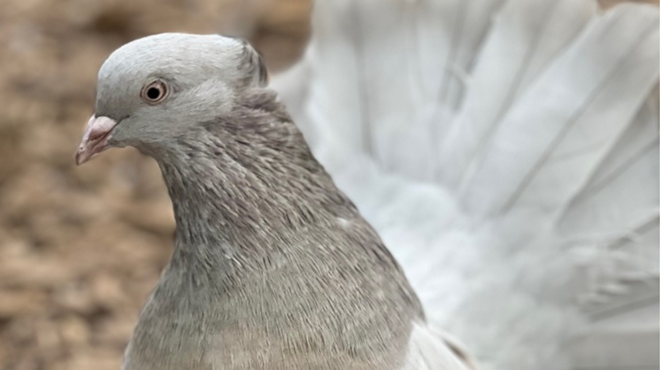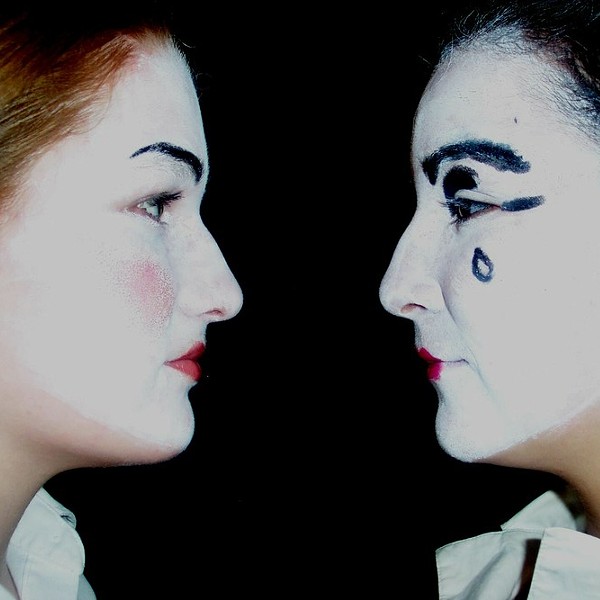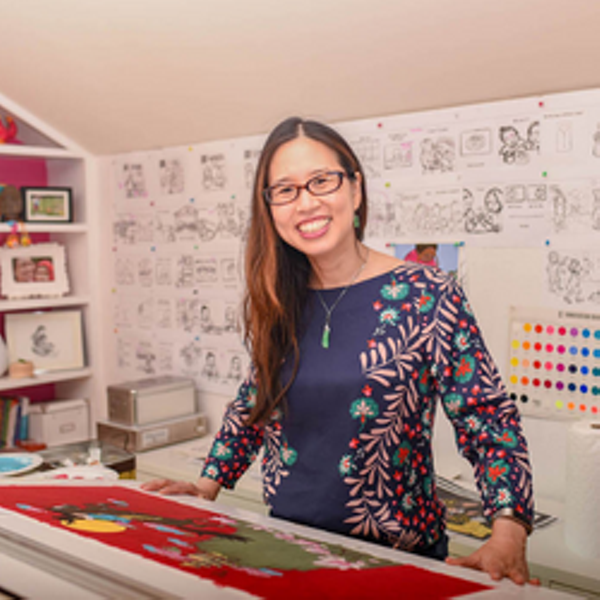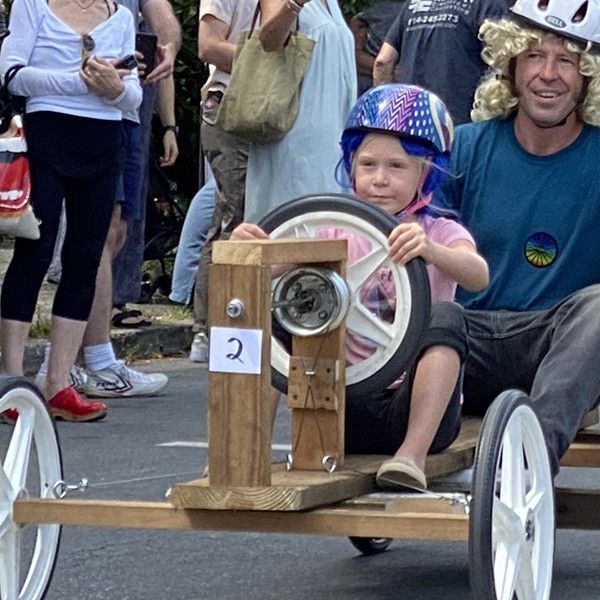I grew up in a 99 percent white, mostly Catholic small town upstate. Like many other young girls in the mid-'80s, I desperately wanted a Cabbage Patch Kid. The shelves were mostly cleaned out, except for a handful of black Cabbage Patch Kids. My sisters and I each wanted one, and asked our parents to get them. My father didn't say anything, but he made it clear he was uncomfortable. My sisters and I left the store empty-handed, wondering what the big deal was.
We've made great strides in our country since the days of segregation, but there are frequent reminders of how far we have left to go. Race is still a loaded topic, and racism is more pervasive than we'd like to admit. Parents, particularly white parents, are uncomfortable discussing race. While I pride myself on my candor on any number of topics, race remains daunting.
When my husband and I moved to Kingston and started a family, I loved knowing my three children were growing up in a much more diverse place than I did. Yet I wasn't sure if I should call attention to this. While we understand our kids start to distinguish gender as "pink" and "blue," most parents behave as if our children don't see the difference between "white" and "brown." We are comfortable talking about traditional boy-girl stereotypes with our kids in an effort to combat them, but we worry that by calling attention to racial differences, we will cause our kids to develop a racial construct. We think that by avoiding the topic, we keep them immune to bias. However, more and more research suggests that by failing to address race, our children are more likely to make assumptions based on color.
Po Bronson and Ashley Merryman devoted a chapter to this research in their book Nurtureshock called "Why White Parents Don't Talk About Race." They highlight Dr. Birgitte Vittrup's PhD dissertation, which looked at whether children's videos with multicultural story lines had an effect on children's racial attitudes. About 100 white families were recruited, and their racial attitudes were measured using the Racial Attitude Measure, a series of questions designed by Vittrup's mentor, Dr. Rebecca Bigler. Vittrup intended to measure those attitudes after parents followed the guidelines she assigned to them. Interestingly, when she asked one-third of those parents to discuss interracial friendship, families began to drop out of the study; other families did not have the discussion as instructed. Only six families followed through; all six of their children greatly improved their racial attitudes when they were reassessed.
White Is the Default
In September, my son was pointing out two new friends down the street—both had dark hair, brown eyes, and the same color shirt; the only difference was skin color. He confessed to feeling guilty verbally distinguishing skin color as a means to differentiate between the two boys. I understood his discomfort.
Like many modern parents, the politically correct culture of our childhood implied that we should pretend not to notice skin color. As a result, many of us have a fear of saying something ignorant or offensive, which I believe has been damaging and has prevented progress toward true diversity. I talked to Sakinah Irizarry, a black mother of two and a massage therapist in Saugerties, knowing she had discussed a racially sensitive topic with a mutual friend. "I don't believe in colorblindness. It's a poor concept that got started when we were children and we are reaping the results of it today," she agreed. "Verbalizing differences isn't the issue. Characterizing those differences as a race-wide pathology, that's an issue."
Even the label "African-American" can feel biased. "White is considered the default and everyone else gets an added identifier that isn't even necessarily accurate," Sakinah noted. Imagine how odd and often inaccurate it would feel if we referred to white people as European-American.
Studies also show that black parents tend to broach race earlier because they want to prepare their children for their part in a diverse world, including the possibility of discrimination.
Sakinah shared that she had already begun to help her boys value how they are different from their friends. "I have pointed out to them pictures in books or characters on television and drawn their attention to how the character looks like them. I have read them age-appropriate books that talk about skin, eye, hair color, texture," she elaborated. But she acknowledged that more explicit conversation was not simple for her either. "I have not used 'black' or 'white as much as perhaps I should. My husband is Hispanic, so I tend toward the all-encompassing 'brown.' I realize that I may not have done so even as much as my own family did growing up."







